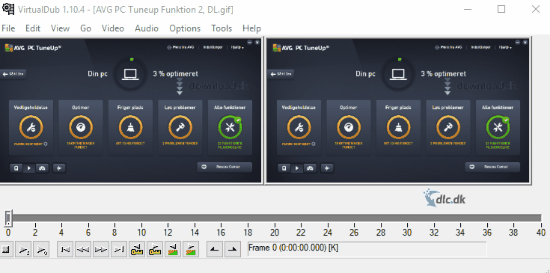


The appropriate external decoders if set up correctly can be used to export the edited video to MP4, MKV, MOV and other formats.Ī good guide on how to set up some external encoders to save to various formats can be read here. While VirtualDub only supports saving to AVI it does provide a means for using external encoders since version 1.10+. Step 2: Save Video to MP4 or Other Formats With VirtualDub setup with FFMpeg we can now take a look on how to use it to unmirror almost any video out there. When prompted to choose the folder where to install, select the folder where you extracted VirtualDub. Run the setup file to install the plugin.Next, download the latest FFMpeg Input plugin from SourceForge.To install it just extract the package to a folder somewhere on your computer.If you’re on Linux, you may be able to run VDub in your distribution using Wine. Download the latest version of VirtualDub from the homepage.To get past this limitation, we need to install a plugin such as the FFmpeg Input Plugin which allow you to open most if not all common video formats out there. The only common format it supports out of the box is AVI, however you may also run into problems with this format if it’s using some unsupported codecs such H.264/AVC, VP8/VP9 etc. VirtualDub doesn’t support some modern video file formats such as MP4, MOV and WebM. Step 1: Install VirtualDub and FFmpeg Input Plugin


 0 kommentar(er)
0 kommentar(er)
